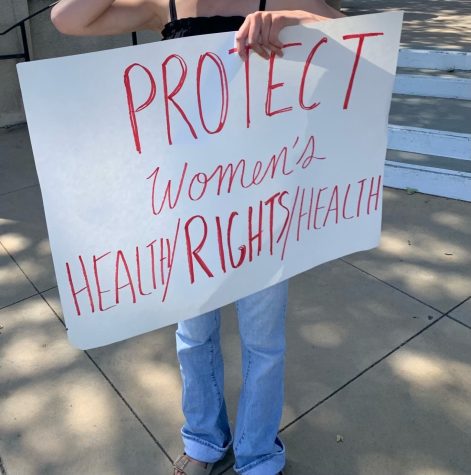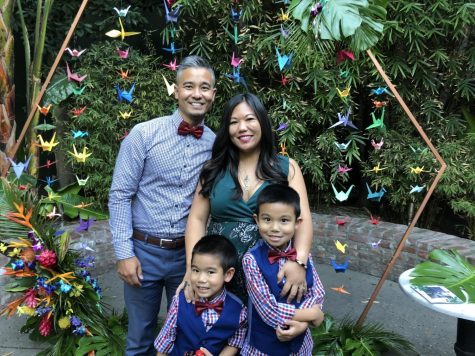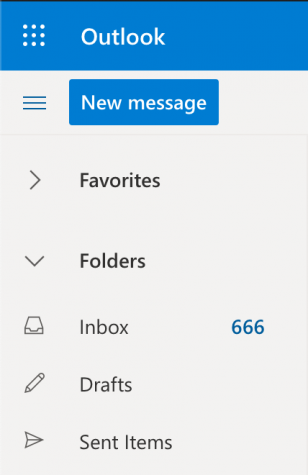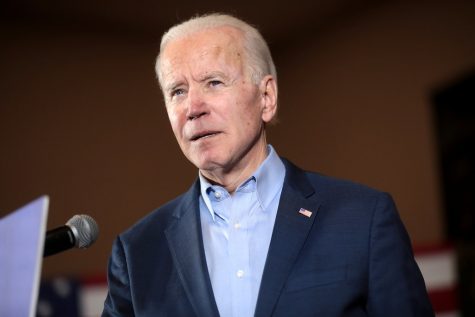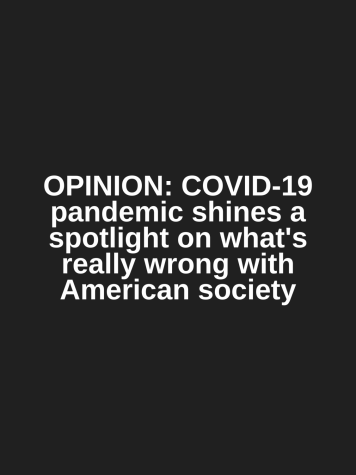America’s sexual education “system” is astonishingly vapid
What do Issac Newton, Adolf Hitler, and Mother Terresa have in common? All three died virgins. But for the rest of us, sex is likely to be a bigger part of our adolecent and adult lives than we are comfortable admitting . In fact, the Kinsey Institute says the average American will first engage in sexual activity at age 17 and will have four to seven partners in their life. Whether you find these numbers disgusting or reassuring is irrelevant. The fact is that, in spite of decades of telling teens to “wait until marriage,” they continue to be sexually prolific. Given that adolecents will have sex whether or not adults want them to, we might as well prepare them for the confusion and possible serious consequences that accompany sex. This should be done through thorough and medically accurate sexual education, which could cover everything from consent to sexuality.
Despite the role of sex in American life, the U.S. has absolutly zero federal standards for sexual education (sex ed). The government does not regulate what is taught, when it is taught, or even require that anything is taught at all. Since the federal government is too uncomfortable to handle the situation, the responsibility falls to state governments, who seem equally uncomfortable with the job. Only 21 states require that anything is taught at all, but do not be reassured that these states have it right. Outrageously, only 13 of those states even require that information taught is medically accurate. Medically inaccurate sex ed would be like a calculus class with mathematically inaccurate information, where the teacher says that 2+2=5 because that is their opinion. Except unlike calculus, sex ed could teach information which will directly be useful in most students’ lives. The states that do have regulations on what can be taught have only loose guidelines, but most do not even have that.
The responsibility of creating a sex ed curriculum ends up trickling down to districts and even individual schools. The vast majority of U.S. school districts end up teaching nothing, but students who learn nothing on the subject might genuinely receive a more useful education than their peers. Because individual school leaders and communities control the content of sex ed classes, and in most communities information taught is not required to be medically accurate, the biases and opinions of administrators often become lesson plans. This has devastating repercussions for the students. For example, more than one in every eight schools has strict limits on what can be taught about homosexuality, with the majority of those near 4,000 districts requiring that it is adressed only as something sinful or inferior, according to NBC. As if it was not bad enough to detract from much needed and deserved support for the LGTBQ+ community, many districts also show a blatant and disgusting disregard for victims of rape and sexual assult. Take Pam Stencil for instance. She makes a living traveling around the country as a teacher and is in demand by high schools who hire her to lead sex ed workshops. Stencil routinely compares women who have sex before marriage to “a pair of dirty shoes”, or “used tape.” This clearly has its own misogynistic implications and other problems, but is an especially horrible comment when considering the number of people, young women especially, who have had pre-marital sex forced upon them. In an interview with the L.A. Times, one young student and victim of rape at age twelve reported that hearing this sort of message regularly at school makes it harder to grapple internally with already traumatic experiences, and implies that the victims are to blame for these experiences.
The state of U.S. sexual education is made even more disappointing by the potential that an updated and medically accurate course could provide. When students, especially young boys, do not receive critical information from school, they pick it up from other sources like online pornography. Pornography makes an absolute mockery of consent and can create disastrous expectations about sex. If properly nationally regulated, sexual education would be the perfect opportunity to teach crucial information about adult life. Courses could cover consent, sexual and mental health, effective pregnancy and STD prevention, and could teach that being LGTBQ+ is completely natural. NBC reports that most Americans admit they are confused about consent, and 88% agree it should be taught in high school.
This sort of sex ed program would have to go beyond the standard “abstinence only” teaching. Not by coincidence, all top five states with the highest teen pregnancy rates have strict state-wide abstinence only programs, and states who encourage teaching about birth control as a preventative measure all rank towards or at the bottom of NBC’s list. If the U.S. set out to create a practical and effective sex ed curriculum, the country could just adopt and modify already existing programs which have proven to be successful. Sweden has one such program, and experiences both teen pregnancy and sexual assault at one third the rate the U.S. does. Sweden’s program starts in kindergarten and continues through elementary school. In these grades, the curriculum obviously does not talk about sex. Instead, the students learn about respect for their own bodies and the bodies and personal space of others. Then in the equivalent of U.S. middle school, students are taught about puberty, what to expect physically and emotionally, and about gender and sexual orientation. In high school, the “sex” part is brought into sex ed, and students are taught extensively about consent, healthy sexual relationships, birth control, and the other topics mentioned above. If the U.S. were to implement a system like Sweden’s nationwide, students would leave school prepared for the adult world and with the tools necessary to be more responsible citizens and partners.
Hello there! Our goal is to provide relavent, engaging journalism for readers of all ages. Your donation will support the student journalists of the Wolfpacket at Claremont High School, and will allow us to purchase equipment, print our monthly issues, and enter in journalism competitions. We appreciate your consideration!




